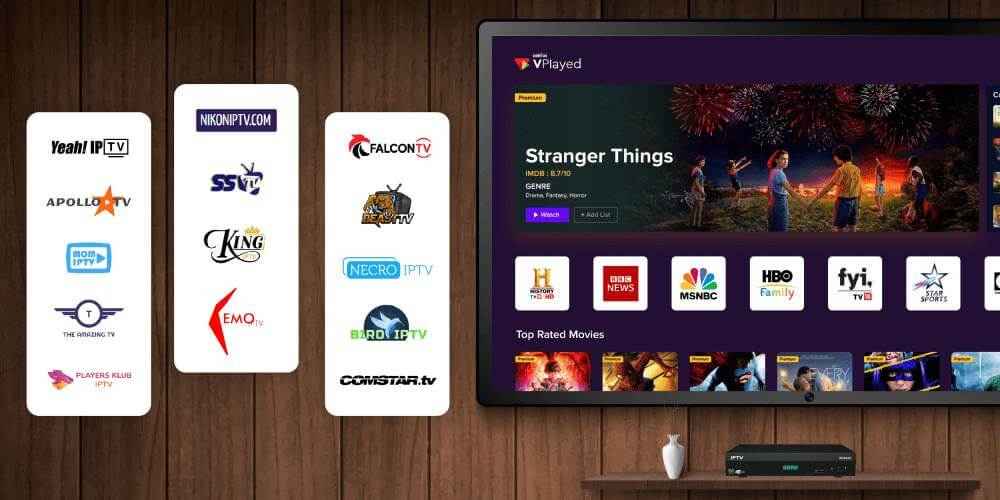When it comes to optimizing your Google PageSpeed, understanding the key metrics is crucial for your website’s performance. You’ll want to start by analyzing how your site currently stacks up using tools like Google PageSpeed Insights. Once you’ve identified areas that need improvement, you can implement effective strategies that not only enhance speed but also boost user engagement. However, the process doesn’t end there; ongoing monitoring and adaptation are essential. Curious about the specific techniques that can make a significant difference?
Understanding Google PageSpeed Metrics
Understanding Google PageSpeed metrics is crucial for improving your website’s performance and user experience. These metrics provide insights into how well your site loads and functions, directly impacting user satisfaction and SEO rankings.
You’ll encounter key indicators like First Contentful Paint (FCP), which measures how quickly the first piece of content appears on your page. A faster FCP means users see something engaging sooner.
Next, you’ll want to focus on Time to Interactive (TTI), which gauges how long it takes for your page to become fully interactive. If users can’t interact with your site quickly, they may leave, leading to higher bounce rates.
Another important metric is Speed Index, reflecting how quickly the visual parts of your page load. Lower values indicate a better experience.
Lastly, consider the Cumulative Layout Shift (CLS), which measures visual stability; a low CLS score ensures your content doesn’t shift unexpectedly while users are interacting with it.
Analyzing Your Current Performance
Before diving into optimization strategies, it’s essential to analyze your current performance metrics to identify areas for improvement. Start by using tools like Google PageSpeed Insights, GTmetrix, or WebPageTest. These platforms provide detailed reports on your site’s loading speed and performance, breaking down metrics such as First Contentful Paint (FCP) and Time to Interactive (TTI).
Look closely at the scores each tool provides. A score below 50 is a clear indicator that your site needs immediate attention. Next, focus on the specific suggestions these tools offer. They often highlight issues like large images, unoptimized scripts, or excessive server response times.
Prioritize these issues based on their impact on your overall user experience. It’s also helpful to analyze your site’s performance on different devices and connection speeds. What works well on a desktop mightn’t perform the same on mobile.
Essential Optimization Techniques
Implementing essential optimization techniques can dramatically enhance your website’s performance. Start by minimizing HTTP requests. Each element on your page—images, scripts, and styles—requires a separate request, so combine CSS files and scripts where possible. This reduces load times significantly.
Next, leverage browser caching. By setting expiration dates on your resources, you allow returning visitors to load your site faster since their browsers will store certain elements. You’ll see less load on your server, improving overall responsiveness.
You should also prioritize above-the-fold content. This means loading the essential parts of your site first, allowing users to see something immediately while the rest loads in the background. Use techniques like lazy loading for images and videos to further speed up perceived performance.
Additionally, minifying CSS, JavaScript, and HTML files can remove unnecessary characters and spaces, reducing file sizes without affecting functionality.
Lastly, consider using a Content Delivery Network (CDN) to distribute your content across multiple servers. This not only speeds up delivery to users globally but also helps with load balancing.
Best Practices for Image Management
When it comes to optimizing your website’s performance, effective image management is crucial. Start by choosing the right file formats. Use JPEG for photographs, PNG for graphics with transparency, and SVG for logos and icons. This ensures you’re using the most efficient format for each type of image.
Next, compress your images before uploading them. Tools like TinyPNG or ImageOptim can significantly reduce file sizes without sacrificing quality. Aim for a balance between visual appeal and loading speed.
You can also consider using responsive images, which adapt to different screen sizes, ensuring users get the best experience on any device. Implement lazy loading to defer images that aren’t immediately visible on the screen. This technique allows your site to load faster since it only loads images as users scroll down.
Additionally, make use of descriptive filenames and alt text for your images. Not only does this improve accessibility, but it also helps with SEO.
Monitoring and Maintaining Speed Improvements
Regularly monitoring and maintaining your website’s speed improvements is essential for keeping your site competitive and user-friendly.
Speed isn’t a one-time fix; it requires ongoing attention. Here are three key practices to help you stay on track:
- Use Monitoring Tools: Implement tools like Google PageSpeed optimieren PageSpeed Insights or GTmetrix to regularly assess your site’s performance. These tools provide valuable insights into load times and areas needing improvement.
- Set Performance Benchmarks: Establish specific speed goals based on your initial metrics. Aim for consistent load times across different devices and browsers, ensuring your site remains responsive.
- Review Third-Party Scripts: Regularly evaluate any third-party scripts or plugins you use. They can significantly impact your loading speed.
Remove any that are unnecessary or find alternatives that are more lightweight.
Conclusion
By following these practical steps to optimize your Google PageSpeed, you’ll create a faster, more engaging experience for your users. Regularly analyze your site’s performance and implement essential techniques to keep your load times speedy. Don’t forget to manage your images effectively and stay updated on the latest optimization practices. With consistent effort, you’ll not only boost your search engine rankings but also enhance overall user satisfaction, leading to increased engagement on your site.





